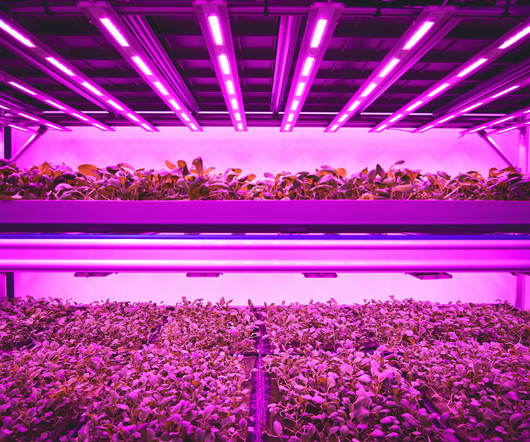Comment: Technology will be crucial to the success of vertical farms
Envirotec Magazine
APRIL 5, 2023
Sustainability challenges in agriculture Outdoor agriculture (pasture and cropland) occupies around half of the planet’s habitable land, and so-called modern agricultural practices have enabled the production of increased food volumes at relatively low prices. billion people by 2050.














Let's personalize your content